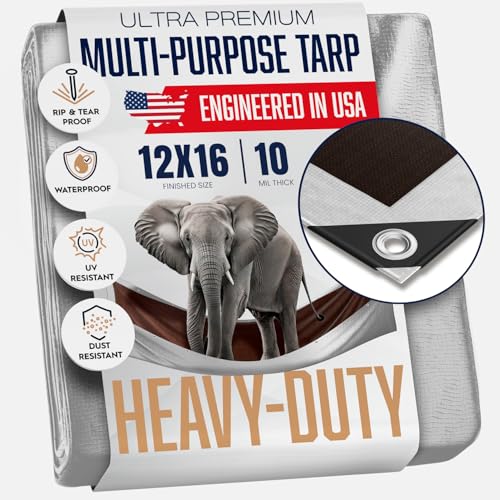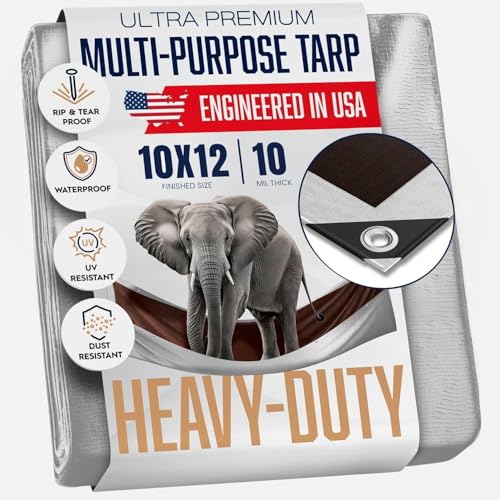Heavy Duty Tarps: The Ultimate Guide to Unbeatable Protection and Durability
When it comes to safeguarding valuable assets from the elements or providing effective coverage for various projects, nothing proves as essential as a heavy duty tarp. as these unassuming yet vital items can protect your spaces and valuables, ensuring everything beneath the tarp stays intact and secure. If you’re looking for a heavy duty tarp, there are several critical aspects to consider that will help you make an informed decision, and choose the best option for you.
Material
Heavy duty tarps come in a range of materials, each tailored for specific needs. Polyethylene and plastic tarps, for example, are known to effectively repel water, and are generally resistant to both tearing and fading, making them ideal for covering boats, vehicles, and outdoor furniture, or for use as roof protection during construction, or to provide a moisture barrier between your tent an the ground during camping trips. Canvas tarps, while heavier than their PU and plastic counterparts, are not air-tight, making them best for use where airflow is necessary. Consider a canvas tarp if you're looking to protect plants or crops from the elements, or if you're seeking an effective way to cover floors and furniture during a home improvement project, but want to prevent the risk of moisture buildup under the tarp. Lastly, vinyl tarps, known for their strength and durability, are able to withstand harsh environments, making them an excellent option for use in industrial settings. Be sure to consider where and how you’ll use your tarp so you can choose the best material for your needs.
Thickness
Equally important is the tarp’s thickness, measured in mils. As the number of mils increases, so does the tarp's thickness. Generally, the thicker the tarp, the more it can endure heavy use, rough treatment, and severe weather. Typically, a tarp of 10 mils in thickness will suffice for your heavy-duty needs, but if you will be working in extreme conditions, consider a thicker option, such as one that measures up to 20 mils thick. Regardless of which thickness you choose, be sure to look for options that feature reinforced edges, tear-resistance and UV protection, as well as rust-resistant grommets, as these details will contribute to the tarp's overall longevity.
Size
A tarp that fits snugly over your intended coverage area will ensure it provides maximum protection, so be sure to accurately measure the dimensions of the space or item you need to cover, prior to making your purchase. It's generally recommended to add a minimum of 2-feet to both the length and width of your measurements and to use those sizes when choosing your tarp, as the extra footage will allow for secure fastening and overlapping. This helps prevent wind from lifting the tarp and exposes less of the covered item to the elements.
By keeping the above factors in mind, you'll be able to choose a tarp that meets your needs, providing quality protection and coverage where it's needed, time and time again.































